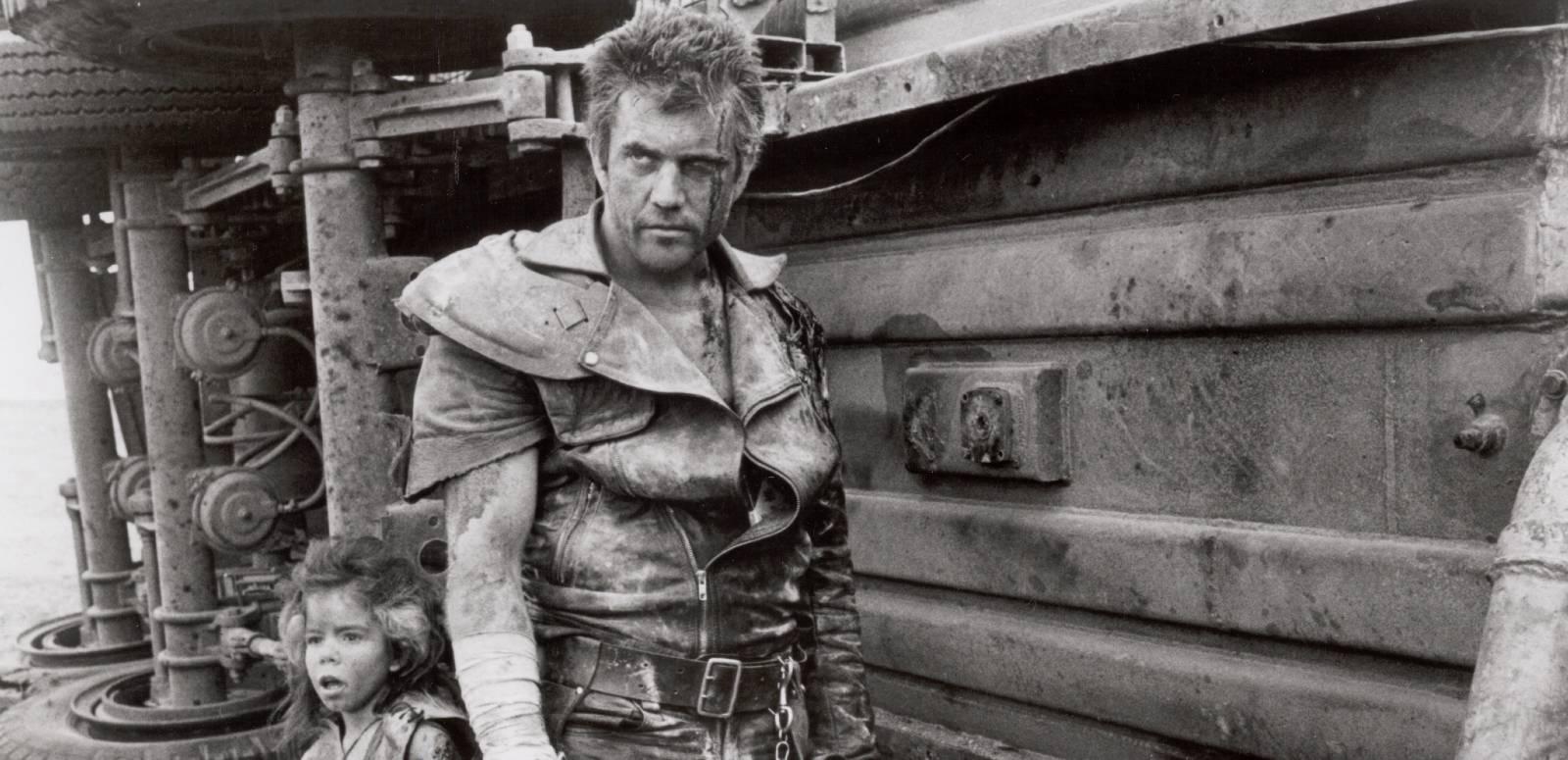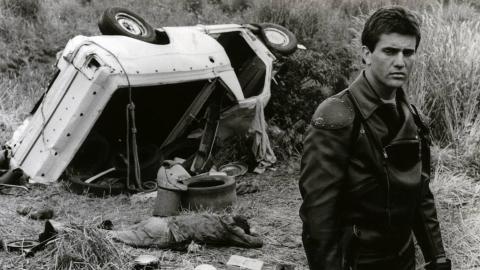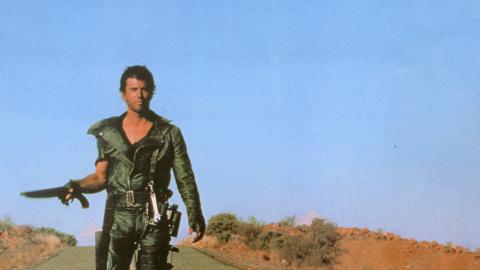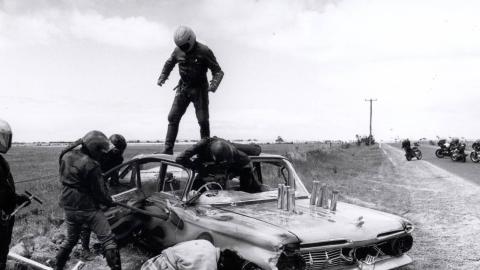

Mad Max Music
Mad Max Music: Brian May's Film Scores
Johnny Milner takes a closer listen to the soundscape of Mad Max and Mad Max 2, highlighting the film scores of composer Brian May.
Music vs Sound
The Mad Max franchise has made a significant mark on our cultural landscape. The films blend elements of Australian culture and geography with universal themes, such as good overcoming evil, and resonate with some of the most poignant anxieties of our time: resource exploitation, societal breakdown and the devastating impacts of car culture. Stylistically, they transcend typical Australian filmmaking formulas through punk-influenced aesthetics and a unique approach to rhythmic editing and camera movement.
The films, however, also include some of the most compelling music on Australian celluloid. The music not only provides emotional resonances to specific scenes and helps clarify filmic meaning, but it also functions on spatial, temporal and psychological levels. Moreover, it interacts with a distinctive soundscape, a high-octane sonic environment, characterised by (among other things) the sounds of V8 engines, diesel motors, sirens, radio transmission and burning rubber. At times the score mimics these sound effects, at other times it replaces them, making us contemplate the very distinction between music and sound.
Composer Brian May
The first two films, which are the focus of this article, were scored by Brian May (1934–1997), who developed a name as the director of music at the ABC, and later as a composer for films such as Patrick (Richard Franklin, Australia, 1978). May attracted the attention of director George Miller and producer Byron Kennedy because of his stylistic similarities to American composer Bernard Herrmann, who created some famous scores for Alfred Hitchcock.
Miller and Kennedy felt their film needed a similarly big, horror sound that could inject energy into the action and propel the storyline. In response, May developed a strident, richly orchestrated and mechanical sounding score, which ended up winning an AFI Award (1979). Later, in 1984, his theme from Mad Max won an APRA Golden Award.
Scoring Mad Max: Goose Takes Flight
Mad Max (excerpt), 1979. NFSA title: 8230
In the clip above, we see Max’s fellow patrol officer Jim Goose (Steve Bisley) open the throttle on a morning ride, unaware that his bike has been tampered with by the villainous motorcycle gang. The suspense in this sequence occurs through long takes and a carefully constructed sonic narrative, rather than the fast visual cuts typical of action cinema. To begin, we hear the motorcycle approaching from a distance and then zoom past the camera, giving us a spatial perspective. The score is then subtly introduced but rises in intensity and volume, suggesting an increase in the speed of the bike while foreshadowing that something is about to happen. When Jim loses control and flies into the air, the music cuts out – the silence is deafening.
Scoring Mad Max: Toecutter's Revenge
Mad Max (excerpt), 1979. NFSA title: 8230
The clip above features the notable scene where Max’s wife Jessie (Joanne Samuel) and child (Brendan Heath) are run down on the highway by the gang. Here, the score showcases many of the musical motifs found throughout the franchise: the motorcycle gang theme, signified by the timpani and descending low brass; Max’s theme, represented through French horn; and the car action sequences, accompanied by rushing strings and discordant brass.
Scoring Mad Max 2: Fuel Fight
Mad Max 2 (excerpt), 1981. NFSA title: 5175
George Miller has spoken about his desire to preference audiovisual storytelling over dialogue. In the clip above, which shows Max in a violent altercation over the precious commodity gasoline, there is no dialogue. It is the expressive role of music – its sparseness, and its relationship to sound effects – that carries much of the narrative weight. Another of Miller’s key intentions for the music was to make the audience feel uncomfortable; here, and elsewhere, this is achieved though abrupt, angular and dissonant passages of score.
Expanding the Sonic World of Max
Mad Max Beyond Thunderdome (1985) presents a musical departure from the previous two films. It was scored by French composer Maurice Jarre (1924–2009) and integrates instruments outside the usual Western orchestral canon, including the didgeridoo and gamelan. This more contemporary soundtrack also showcases the music of Tina Turner (who plays the character Aunty Entity) over the opening and closing credits.
The more recent Mad Max: Fury Road (2015) features the music of Dutch DJ Junkie XL (aka Tom Holkenborg), blending orchestral Romanticism with electronic and rock idioms. Deserving their own separate recognition and analysis, these scores draw from and expand upon the musical language established in Brian May’s original scores, all of which have played a decisive role in the franchise’s long-lasting success.
Follow the More to Explore links below to see rare clips and behind-the-scenes materials from Mad Max and Mad Max 2 (The Road Warrior) and read about George Miller's Mad Max influences.
The National Film and Sound Archive of Australia acknowledges Australia’s Aboriginal and Torres Strait Islander peoples as the Traditional Custodians of the land on which we work and live and gives respect to their Elders both past and present.


